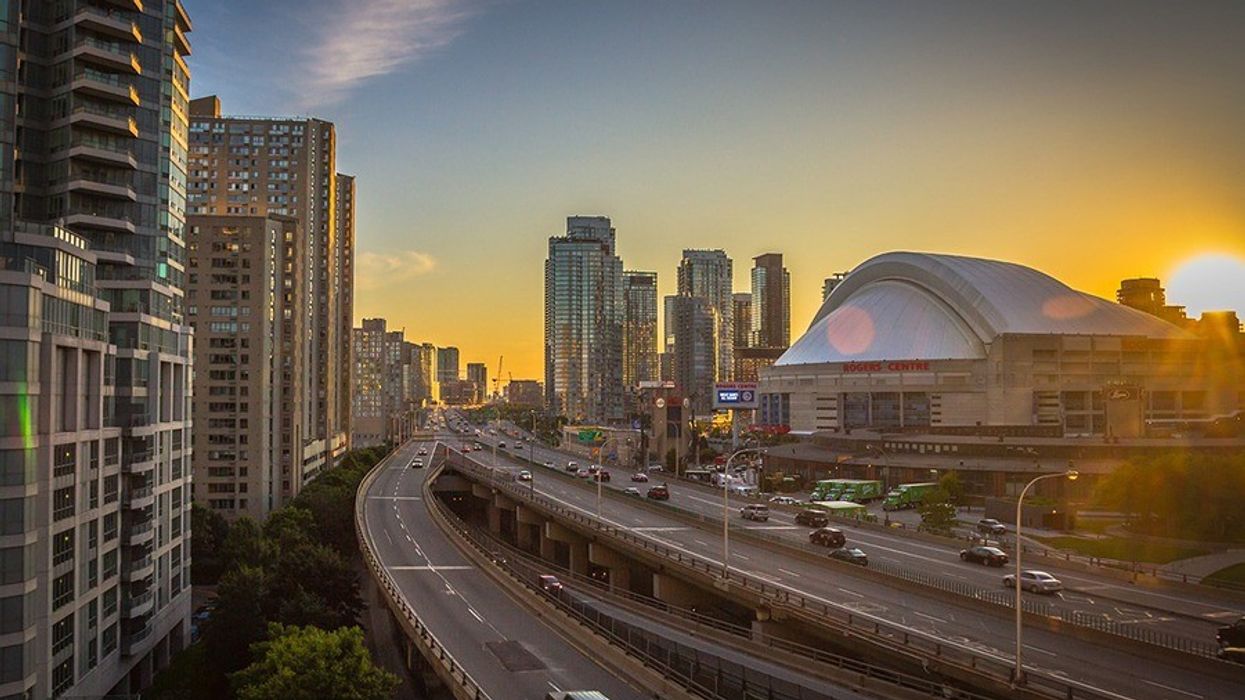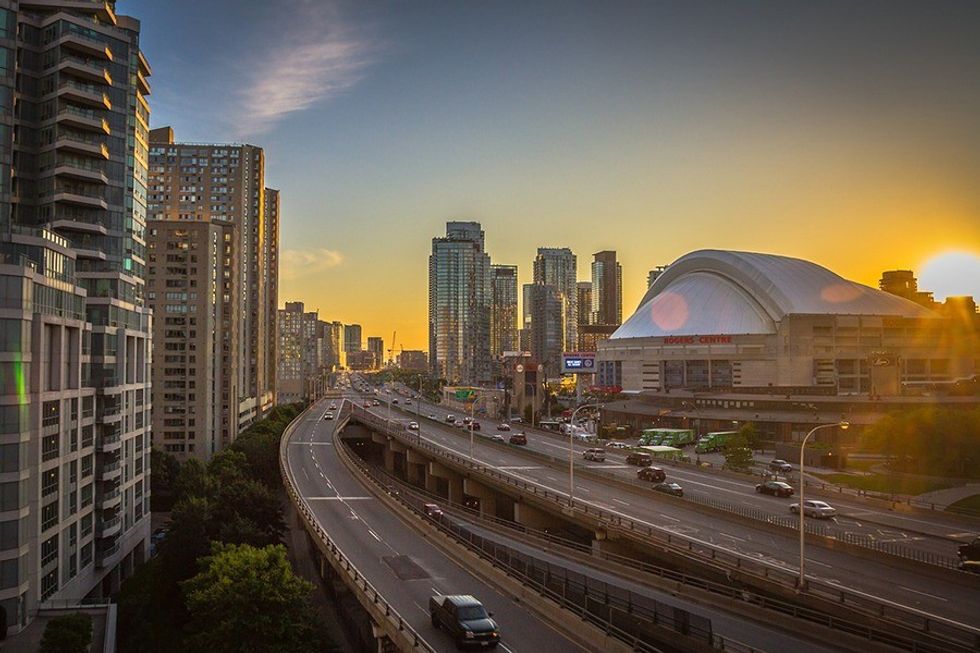
Canada's most celebrated city planner, Larry Beasley, is adamant.
The most important prerequisite for success, he insists, is optimism. Without it, Beasley says, planners are wasting their time — and ours.
Optimism notwithstanding, the affable Vancouverite expresses serious skepticism about Toronto. The man credited with implementing a planning model that made his hometown one of the most desirable cities on the planet is now a consultant in demand around the globe. He is in the GTA these days to help Brampton turn itself around.
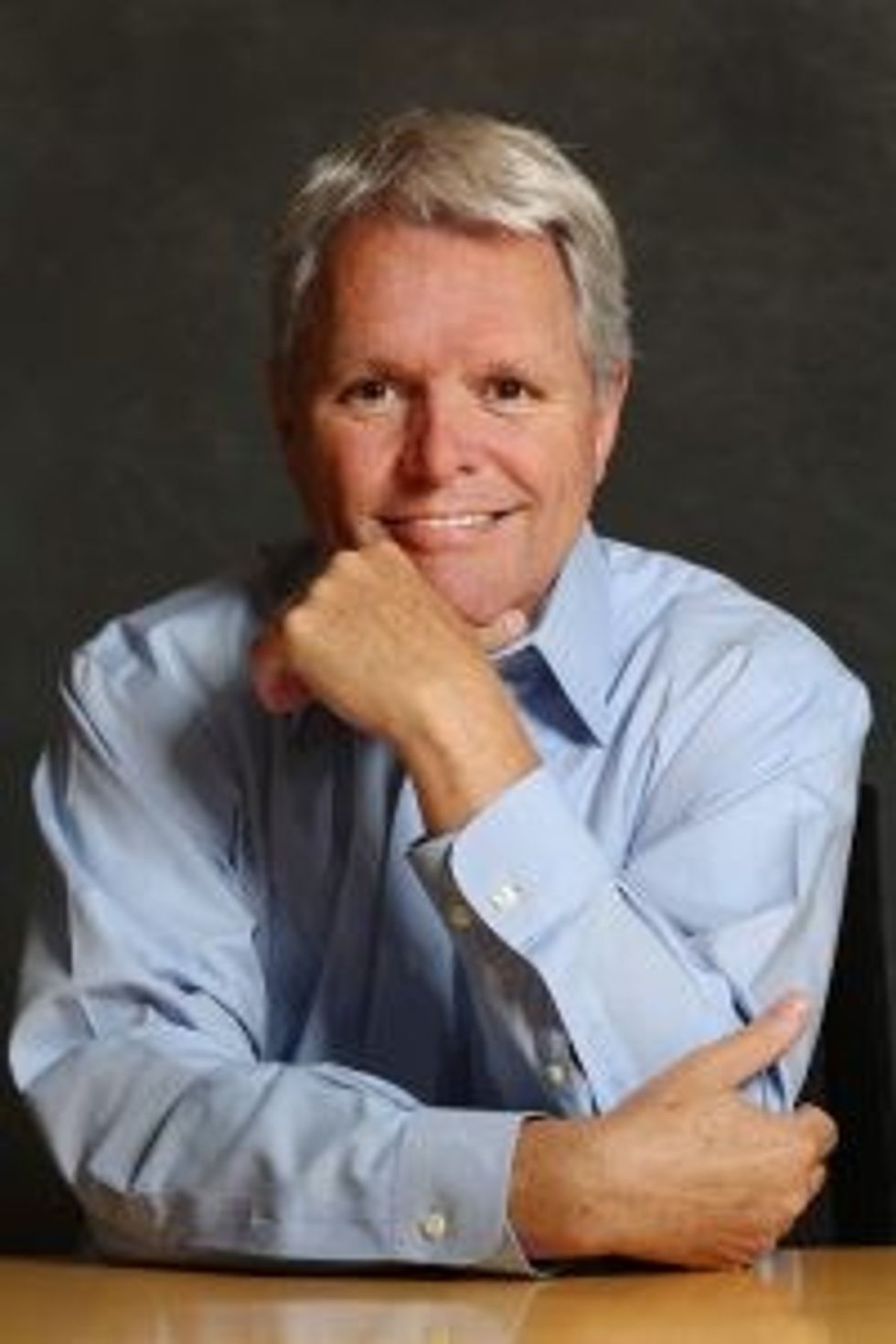
Basking in the warm September sun at an outdoor cafe in downtown Brampton, Beasley is the picture of a man comfortable in his own skin. He can take the jobs he likes and walk away from the rest. His Order of Canada pin visible on his sweater, he is a casual but distinguished presence.
"Toronto used to set the pace," Beasley begins, "but that stopped years ago. Today cities are defining themselves as world cities that set the pace for everyone else. Toronto is an important world city, but it could lose that role because it doesn't embrace new ideas. Toronto is not in the vanguard of new ideas."
Indeed, ever since then-Premier Mike Harris forced amalgamation on Toronto in 1998, city council has been dominated by suburban politicians.
As a result, the city's mayors — except for David Miller — have governed from the right. Like Rob Ford before him, John Tory's priorities are low property taxes, traffic congestion, parking, the Gardiner Expressway and other car-related issues. Even public transit has been reduced to little more than an opportunity to curry favour with suburban voters.
A mess of things
Unlike Toronto, a city whose leaders want to turn it into a suburb, Brampton is a suburb that wants to become a city. Or so it seems. In any case, the semi-city north of Mississauga has awoken to the fact it has made a mess of things, and hopes to get itself on the right side of the future.
"Brampton needs a bit of work," Beasley observes diplomatically, "and they know it. Surveys say that the majority of people in Brampton don't like it.
“One of the biggest reason they're here is that they fear the intensity of the city. They see cities as being controlled by an elite they can't be a part of. They also fear the loss of privacy. They fear security. They like as much independence as they can get. Even worse, everything in our culture tells you cities are bad."
No doubt about that: Anti-urbanism is enshrined in Canada's very constitution, which relegates cities to junior government status and abandons them to the whims of the provinces.
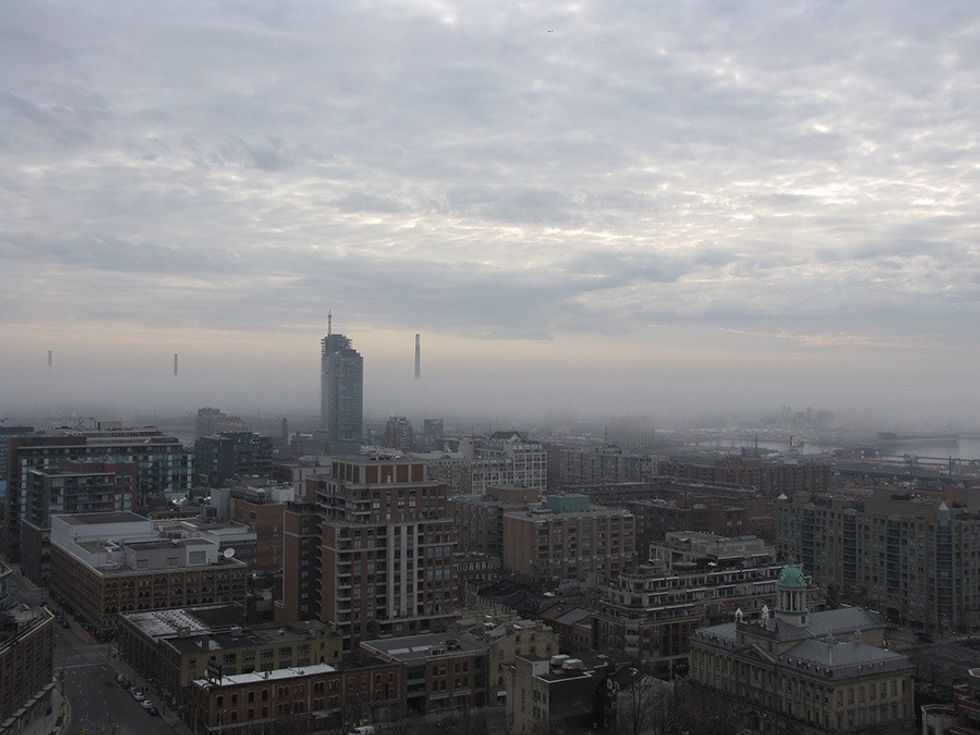
Amalgamation was a good example; though three-quarters of the people affected were opposed, Harris pushed it through without a second thought. And why not? Cities are big, bad, dirty and diseased. They may be economic, cultural, intellectual and social engines, but they attract the poor, the marginalized, the recently arrived.
Little wonder then, that 60 per cent of Canadians live in the suburbs. But despite their success, their failure of the suburbans can no longer be ignored.
Blind spot of Canadian urbanism
"The question we have to answer is," Beasley says, "’how are the suburbs going to transform themselves to become a whole place?' That's the blind spot of Canadian urbanism."
Brampton, he argues, needs 50,000 more people. "Why aren't they here?" he asks.
"We have to bring residential development downtown," he adds, surveying empty sidewalks on every side. "No one lives within walking distance. And 65 per cent of residents leave Brampton to go to work; it should be the opposite, 65 per cent should work here."
And, he points out, there's lots of space for that growth to occur without sprawling ever farther from the downtown core.
"There's more vacant land in this city than I've ever seen," he says. "So much room to make things happen."
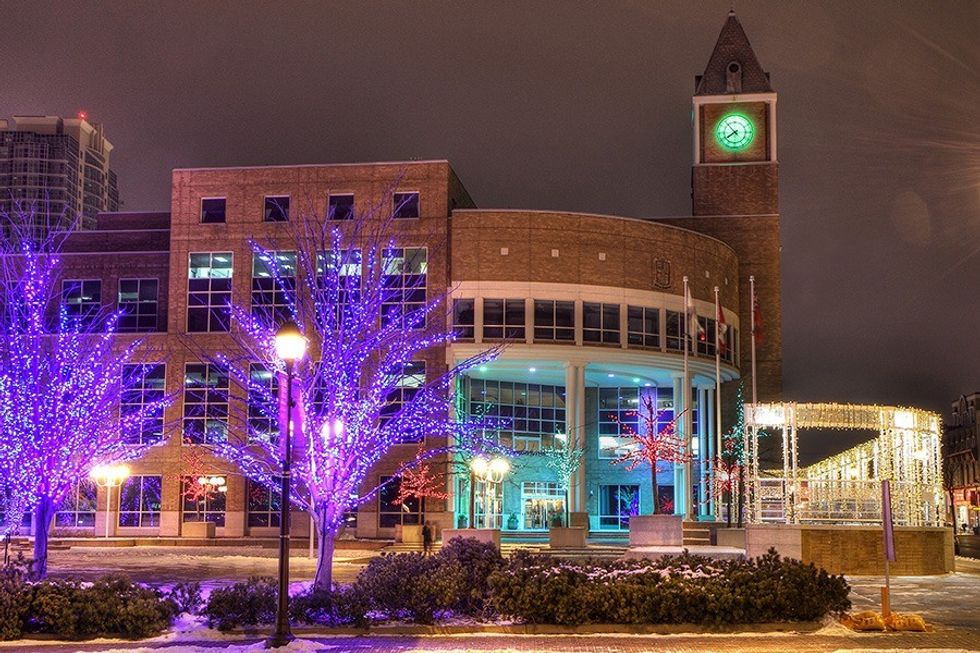
Beasley also wants to address the suburban mindset that values the individual at the expense of the larger community. Physical sustainability and social responsibility are not only connected, but both are lacking.
"We live in a society where one person can stop the collectivity. When we talk about what change will look like, we have to address organizational, physical, institutional and political projects. For example, why doesn't Brampton take advantage of its links with India through its huge South Asian population?"
But, Beasley argues, change can't occur by ignoring the suburban point of view, and imposing an urban mentality.
"The people responsible for Canadian cities are irrelevant to suburbanites," he notes bluntly. "We have to have a way to inquire about these issues that gives us at least a chance to bring some diversification. We have a better chance if we introduce things in a slow and deliberate way, if we do it gently and carefully.
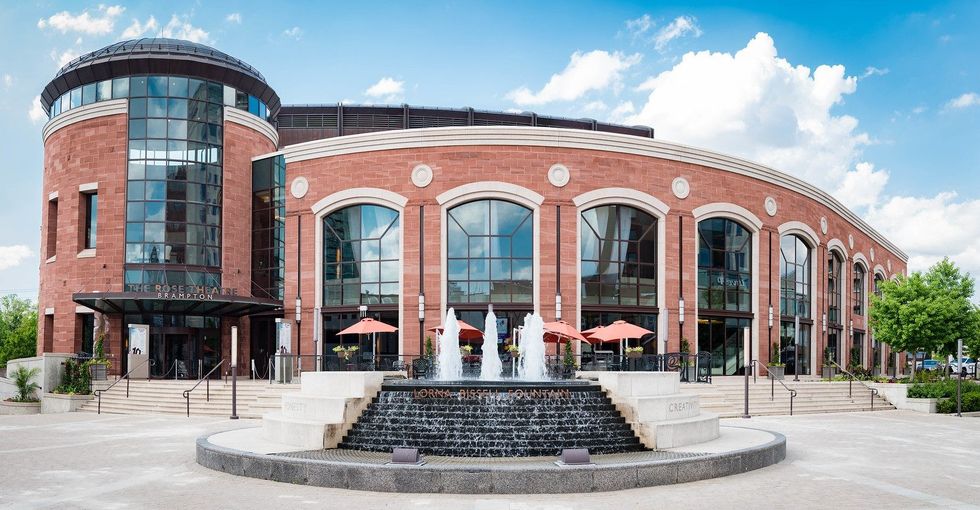
“We need a process that enables neighbours to go through a true discussion with city hall and developers. Planners can speak for a city. Planners can dream for a city. We want a process that entices people to do the right thing, not polices them to do it."
Beasley will preside over a two-day charrette in November. After that the first statement of Brampton's new vision will be released. It will look at specific projects and show how they would affect what the city looks like.
Multiple sessions to gauge the reaction will follow, and the final report won't be unveiled until next spring, probably May.
That's when Brampton will see its future for the first time.
